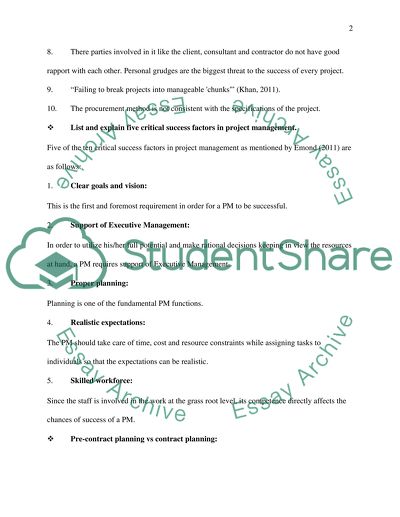Cite this document
(“Architecture - Project Management - Exam Research Paper”, n.d.)
Retrieved from https://studentshare.org/family-consumer-science/1421561-architecture-project-management-exam
Retrieved from https://studentshare.org/family-consumer-science/1421561-architecture-project-management-exam
(Architecture - Project Management - Exam Research Paper)
https://studentshare.org/family-consumer-science/1421561-architecture-project-management-exam.
https://studentshare.org/family-consumer-science/1421561-architecture-project-management-exam.
“Architecture - Project Management - Exam Research Paper”, n.d. https://studentshare.org/family-consumer-science/1421561-architecture-project-management-exam.


